Expansion of Smart City Initiatives
The vision sensor market is significantly impacted by the expansion of smart city initiatives across the United States. As urban areas increasingly adopt smart technologies to improve infrastructure and services, vision sensors play a crucial role in traffic management, waste management, and public safety. These sensors provide valuable data that can enhance decision-making and operational efficiency. The investment in smart city projects is expected to reach $100 billion by 2025, with a substantial portion allocated to vision sensor technologies. This trend indicates a promising future for the vision sensor market, as cities seek to leverage technology for improved living conditions.
Increased Focus on Safety and Surveillance
The vision sensor market is witnessing a heightened focus on safety and surveillance, particularly in urban environments and critical infrastructure. As security concerns escalate, the demand for advanced surveillance systems incorporating vision sensors is on the rise. These sensors enable real-time monitoring and threat detection, which are crucial for public safety. In 2025, the market for vision sensors in security applications is anticipated to exceed $800 million, growing at a rate of approximately 10% annually. This trend highlights the essential role of vision sensors in enhancing security measures, thereby influencing the vision sensor market significantly.
Rising Demand for Automation in Manufacturing
The vision sensor market is experiencing a notable surge in demand driven by the increasing automation in manufacturing processes. As industries strive for enhanced efficiency and reduced operational costs, the integration of vision sensors into production lines has become essential. These sensors facilitate real-time monitoring and quality control, ensuring that products meet stringent standards. In 2025, the market for vision sensors in manufacturing is projected to reach approximately $1.5 billion, reflecting a growth rate of around 12% annually. This trend indicates a strong inclination towards automated solutions, which are likely to dominate the vision sensor market in the coming years.
Growing Adoption of Robotics in Various Sectors
The vision sensor market is significantly influenced by the growing adoption of robotics across various sectors, including healthcare, logistics, and agriculture. Robots equipped with advanced vision sensors can perform complex tasks with precision, enhancing productivity and safety. For instance, in the healthcare sector, surgical robots utilize vision sensors for improved accuracy during procedures. The market for vision sensors in robotics is expected to expand at a CAGR of 15% through 2025, indicating a robust demand for these technologies. This trend underscores the pivotal role of vision sensors in the evolving landscape of automation, thereby shaping the vision sensor market.
Technological Advancements in Sensor Capabilities
The vision sensor market is propelled by continuous technological advancements that enhance sensor capabilities. Innovations such as higher resolution imaging, improved processing speeds, and enhanced connectivity options are making vision sensors more effective and versatile. These advancements allow for better integration with existing systems and facilitate the development of new applications across various industries. By 2025, the market is projected to grow by 14%, driven by these technological improvements. This evolution in sensor technology is likely to redefine the landscape of the vision sensor market, making it more competitive and diverse.

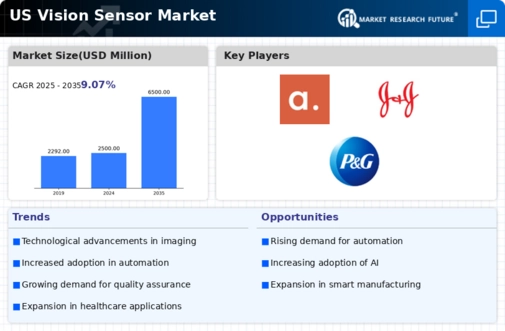
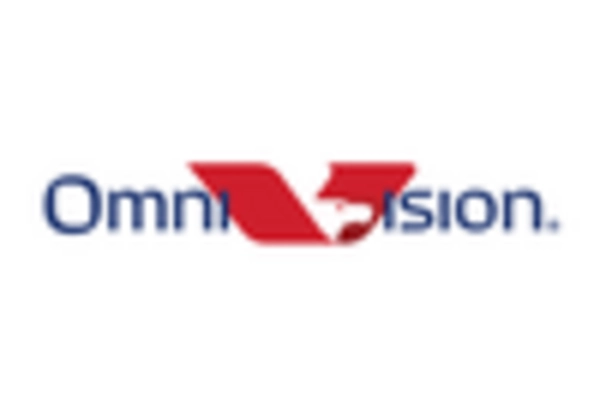
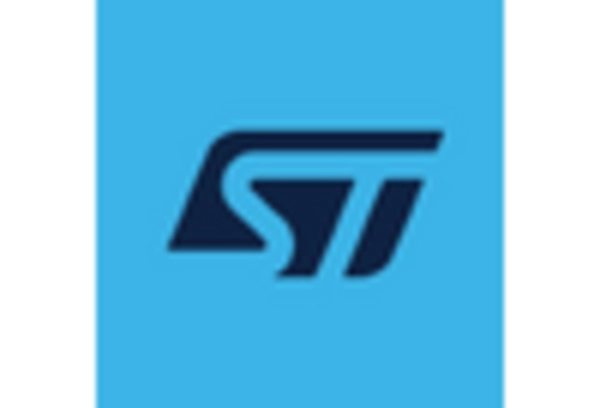
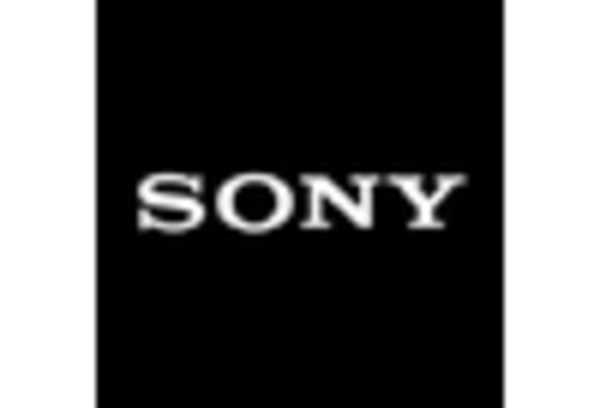
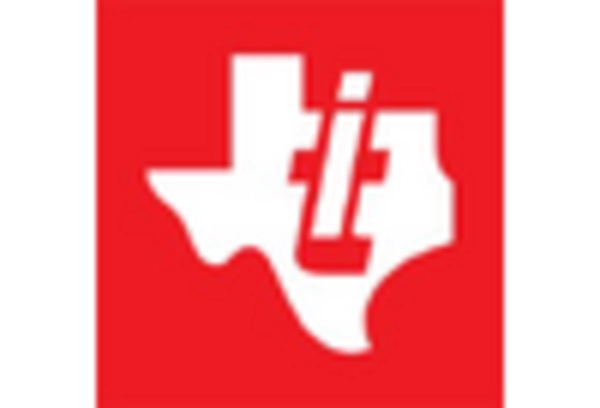








Leave a Comment